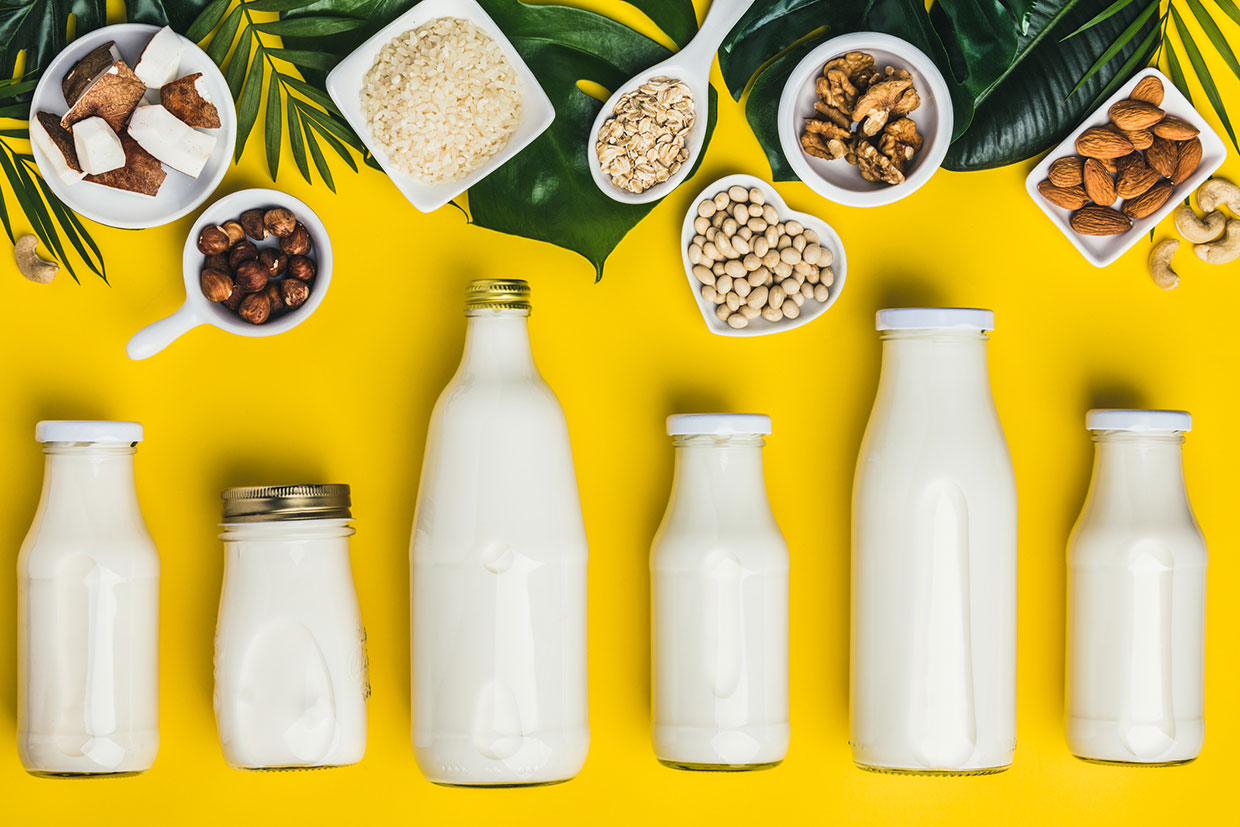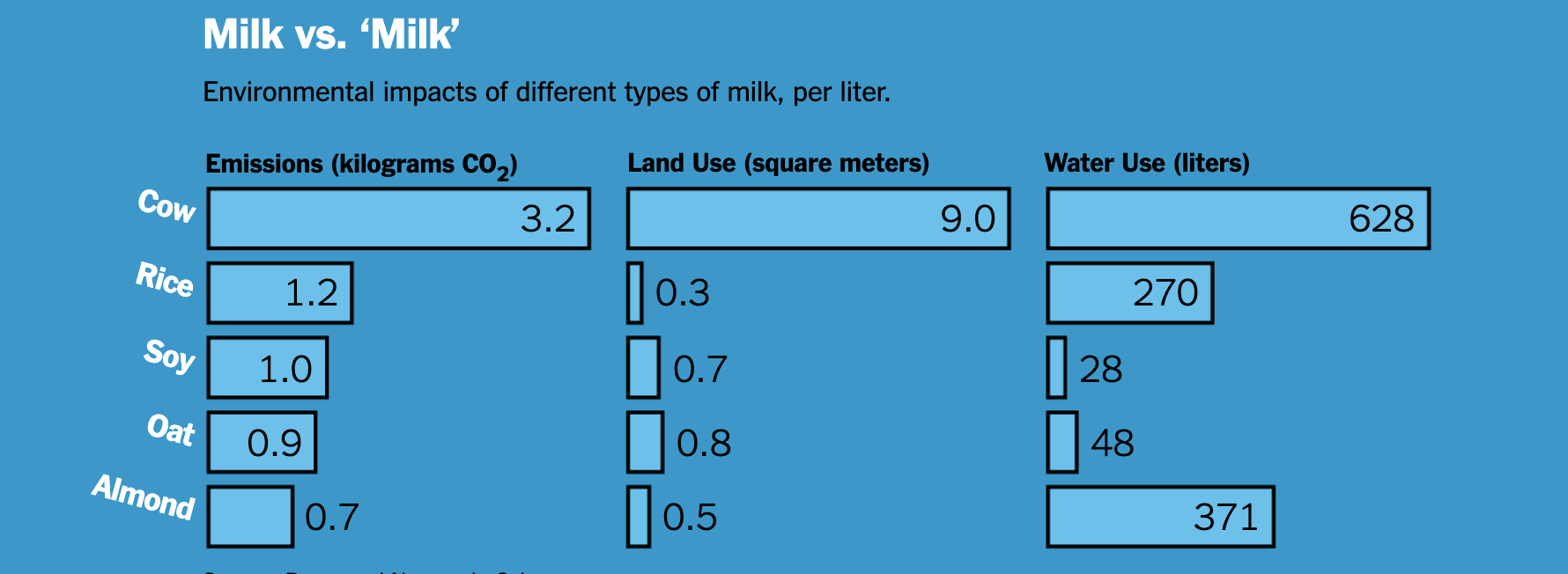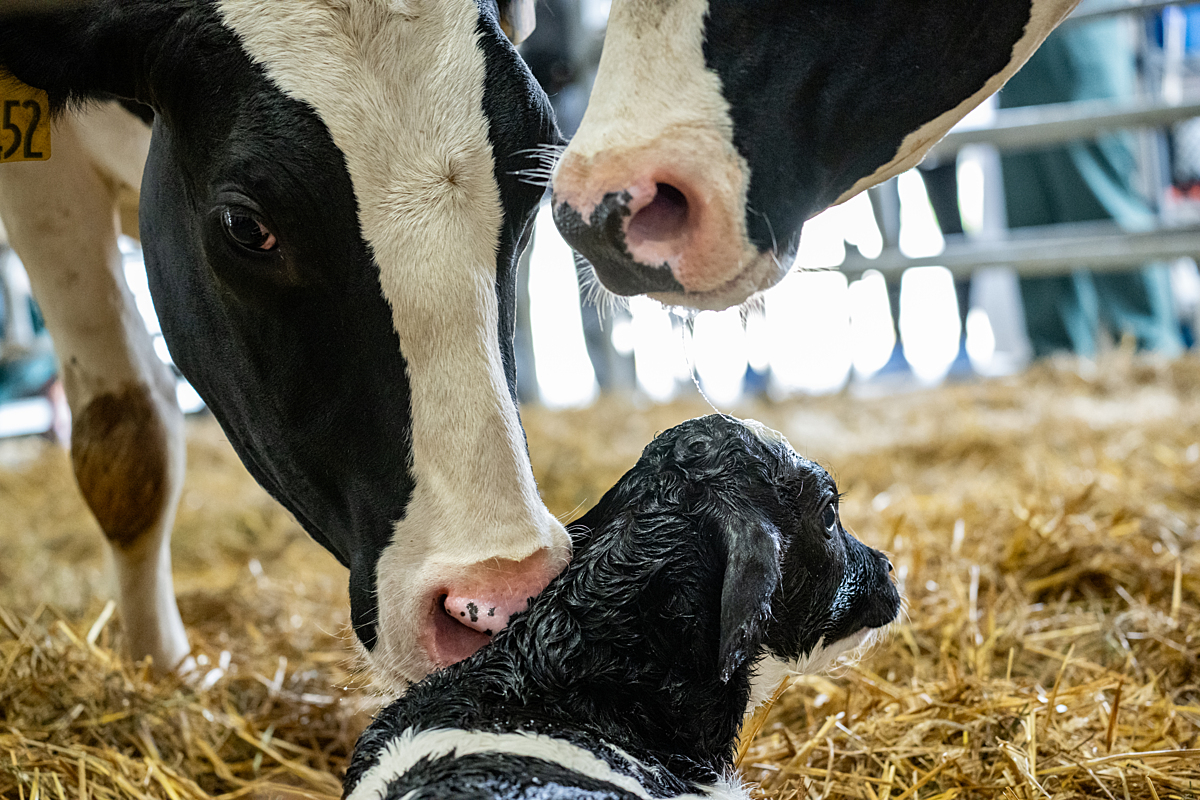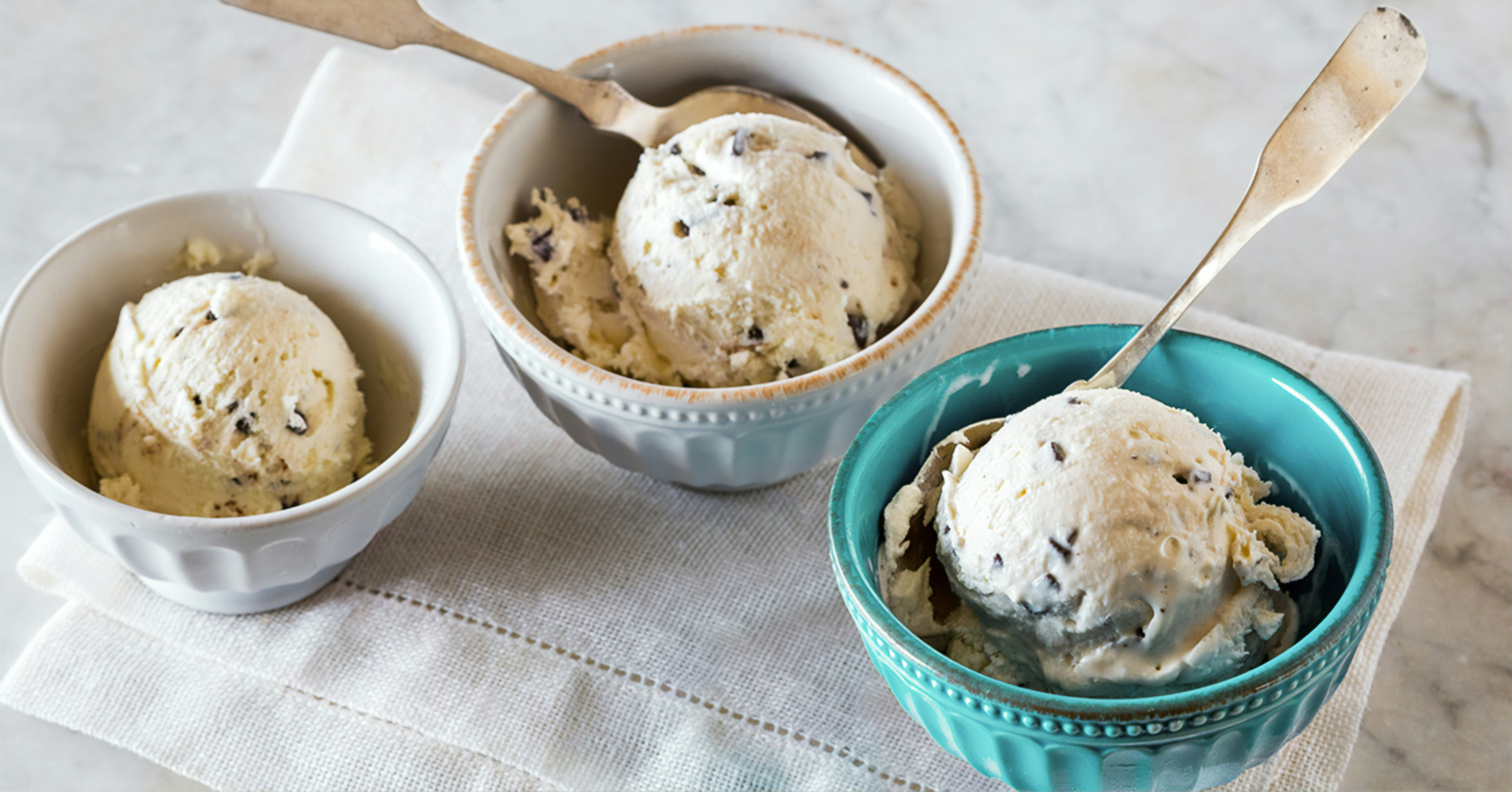The benefits of going dairy-free
The dairy industry is cruel and exploitative. But going dairy-free doesn't only benefit cows and calves, it's also better for your health and the health of the planet. Here's why now is the time to embrace a kinder, more compassionate future for all...

Plant-milk is better for you
Despite the dairy industry’s best efforts to convince us otherwise, we do not actually need to consume animals or animal products to be healthy. There is nothing in cow’s milk that cannot be obtained from plant-based sources.
In fact, every major dietetic association agrees that a well-planned vegan diet is healthy, nutritionally adequate and suitable for all stages of life, from pregnancy and infancy through to childhood, adolescence and adulthood. A report from the Academy of Nutrition and Dietetics states that “vegans are at reduced risk of certain health conditions”, including heart disease, diabetes, some cancers, and obesity. In contrast, a 2022 study found that those who regularly consumed dairy products had a significantly greater risk of developing certain types of cancer.
It’s better for the planet
Dairy farming is incredibly harmful to the environment. Findings taken from the Environment Agency show that most UK dairy farms are not compliant with anti-pollution regulations causing vast amounts of slurry to spill into waterways and devastate local ecosystems. More generally, agriculture is the largest single source of river pollution in the UK – and dairy farming accounts for 75% of all serious pollution incidents caused by agriculture.
As well as polluting the environment, dairy production is also resource-heavy, requiring almost twice as much water to produce 1 litre of cow’s milk than other plant-based alternatives. Even the most ‘thirsty’ of all plant milks – almond! – uses only 60% of the water needed for cow’s milk. Soy and oat milks are even more sustainable, using 28 and 48 litres of water, respectively (a fraction of the 628 litres required to produce a litre of dairy milk).

Source: Poore and Nemecek [1]
It’s better for them
The dairy industry is one of the most exploitative methods of farming animals. In the UK, the life of a dairy cow is exhausting, relentless, and cruel: for up to 5 years, she’ll endure a near-constant cycle of pregnancy, birth and milking until her body can no longer cope. Only once she is too lame to walk to the milking unit or she is no longer ‘profitable’ will she be sent to slaughter and turned into cheap meat products like pies and dog food.
Experience the life of a dairy cow
The dairy industry destroys family bonds, stripping animals of their rights as individuals and as mothers
Your dairy-free action plan
- Shop around: Most of the Animal Aid team tried a whole bunch of different plant-milks before settling on their go-to favourite. Shopping around to see what works for you is part of the fun!
- Don’t go without your favourite dishes: Your old favourites are all still possible with just a few swaps and, nowadays, there’s a dairy-free alternative for everything, including yoghurts, butter, cream, mayonnaise and more.
- Get inspired: Check out our Recipes page for heaps of inspiration, none of which rely on the dairy industry to be tasty and nutritious!
- Invest in vegan cookbooks: There’s a recipe book for everyone, from one-pot dishes to budget-friendly, plus most high street bookstores have entire vegan cookery sections.
- Learn about vegan nutrition: You’re entitled to oppose animal cruelty on an ethical basis, but it can be helpful to know some basics about nutrition and health – you can then respond with confidence if concerned friends and relatives accuse you of neglecting your health. Download our free poster here!
- Get active for animals: Put gentle pressure on your workplace or local catering establishments to provide dairy-free food and drinks. Point out that an increasing number of people are going vegan and that many people are allergic to dairy products, so they could tap in to a significant market.
- Encourage others: Once you feel confident about being vegan, try introducing your friends to dairy-free dishes and discussing the issues with them if they are curious. They might be very receptive!
[1] J. Poore & T. Nemecek, 2018. Reducing food’s environmental impacts through producers and consumers. Science (360)6392, pp.987-992. Accessed via https://www.nytimes.com/interactive/2022/dining/climate-change-food-eating-habits.html

There are so many dairy-free options readily available...including ice cream!